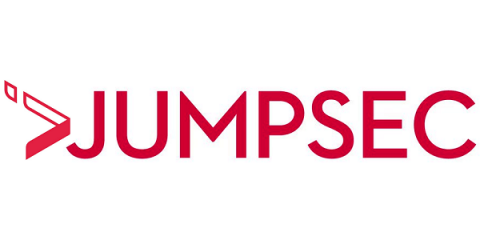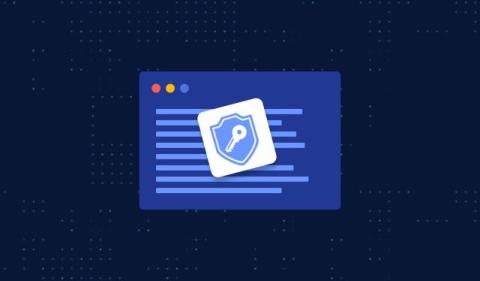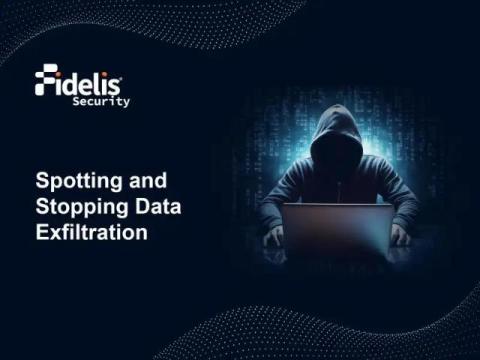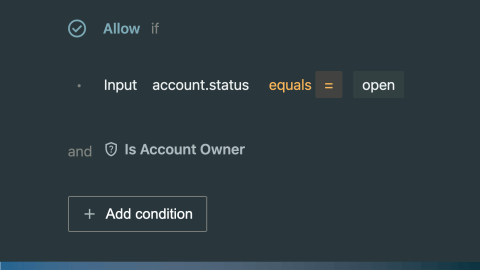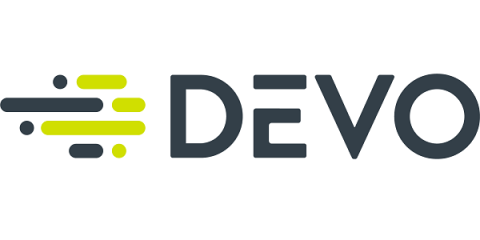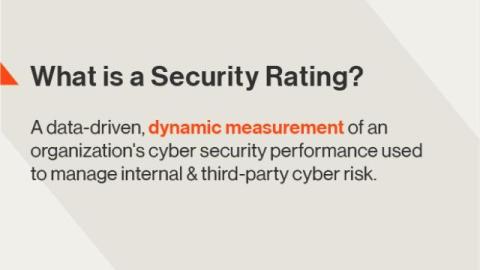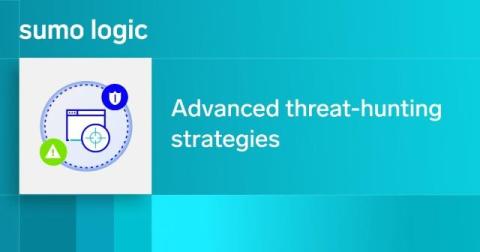Ethical Hacking vs. Vulnerability Assessment: Understanding the Differences
In the dynamic field of cybersecurity, two essential practices stand out: Ethical Hacking and Vulnerability Assessment. Both play critical roles in safeguarding digital assets, yet they serve different purposes and employ distinct methodologies. Understanding the differences, their place in cybersecurity, and when to deploy each tactic is crucial for maintaining a robust security posture.


